Benchmarks: Mike Farrington — Changing the meaning of “fine” woodworking
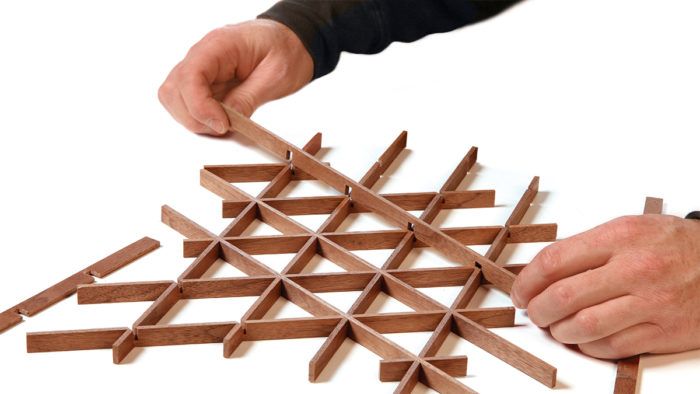
Back in the late 1990s, still in my teens, I stumbled into a job working for a small-time cabinet and millwork shop. With just one or two employees, we did a wide variety of work: hanging crown one day, installing an entry door the next, as well as building cabinets and millwork. Once in a while, we would get to work on a really nice house where the level of craftsmanship went way up. These projects were always my favorite. After working this job for a few years while paying my way through college, I had enough experience to know that I didn’t particularly like the rough side of the trades. However I had a taste of a few “finer” projects and knew that I enjoyed building them very much. I’m not sure why or even what I was looking for, but at some point I found myself roaming the aisles of a bookstore seeking more information on this trade I enjoyed. This was where I first bumped into Fine Woodworking magazine. My world was instantly changed.
To that point “fine” meant cope-and-stick wainscoting, a solid-wood entry door, stain grade built-ins, and the occasional staircase. When I flipped through the pages of Fine Woodworking, my understanding of the phrase “fine woodworking” completely changed. Suddenly, the work that I was doing did not seem so fine. Over the next couple of years, I bounced around to a few other small shops and did all manner of different work. I considered this part of my career a self-guided apprenticeship. During this time, I voraciously studied woodworking, and Fine Woodworking magazine was a huge part of my studies. I also had my eye toward opening my own shop, where I could earn a living doing woodwork.
I have kept every issue of Fine Woodworking since those early days. I look at every page of each issue, just as I did all those years ago. I break down articles into two different categories: inspirational and mechanical. By my definition, mechanical is a how-to article. How to cut a mortise-and-tenon, how to dovetail, or how to set up a tool. My guess is that most of us learn lots of what we do in our shops from the mechanical articles. The inspirational articles are the ones featuring pieces or techniques that really speak to me.
I love the mechanical articles, as these are what I use for incremental improvement. One of my very favorites in this category is Jeff Miller’s “Perfect Mortise-and-Tenon Joints.” With a couple of basic tools and a really neat jig, mortise-and-tenon joints can be cut in any shop. Back when I first saw this article, I was so excited because it was a great way to cut mortise-and-tenon joints with the tool set I had at the time.
“Rock-Solid Plywood Bench” by Cecil Braeden is another great one. I built this bench, changing only the dimensions to suit my space. I used it as my primary bench for a few years and my secondary bench for several more.
Two more mechanical articles that I used extensively to develop my methods for constructing built-in and freestanding furniture are Christian Becksvoort’s “Beautify Your Home with a Shaker Built-in” and Steve Casey’s “A Low Console for Home Theater.” Both of these articles contain great information for building custom furniture that functions well in a home. Over the years I have built three versions of Steve’s low consoles for customers. They were all built using the same construction method; I just changed the dimensions and a few details. Both of these projects find a nice balance between quality and efficiency, creating a project that a customer can be proud of, but can also afford.
For as much as the mechanical articles help me become a better woodworker, the inspirational articles fuel my passion for the craft. They give me something to aspire to. When I read “Refined Over Time” and “Japanese Lattice” about John Reed Fox’s work, my mind was blown. His cabinet is so beautiful and the kumiko adds a touch of mystery that catches the eye. After poring over the Japanese Lattice article, I jumped in with both feet and have really enjoyed practicing kumiko.
More recently, Garrett Hack’s article “Veneering Curved Doors” floored me. While the article is more of a how-to, the piece he was building the door for is absolutely jaw-dropping. I hope to develop the skills to design and build a piece in this style.
I found Fine Woodworking magazine at a time in my life when I really needed direction. Being inspired by what I read helped push me from a laborer on some job site to a craftsperson who loves what he does.
Mike Farrington
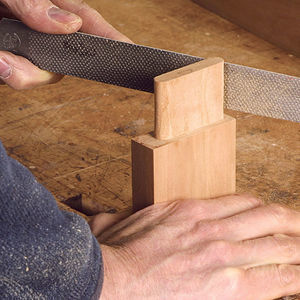 |
Perfect Mortise-and-Tenon JointsA plunge router, a tablesaw, and a couple of jigs make the process almost foolproof Jeff Miller |
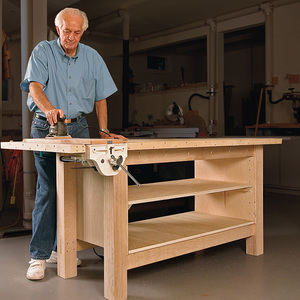 |
Rock-Solid Plywood BenchBuild this simple but versatile workbench in a weekend for less than $250. And you don’t need a jointer or planer. Cecil Braeden |
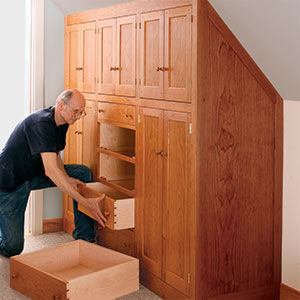 |
Beautify Your Home with a Shaker Built-InBuild it in place, and the work goes surprisingly quickly Christian Becksvoort |
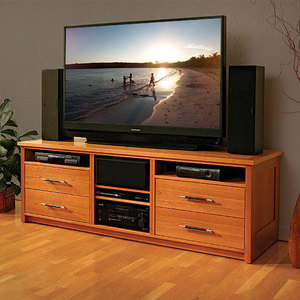 |
A Low Console for Home TheaterVersatile cabinet for today’s technology Steve Casey |
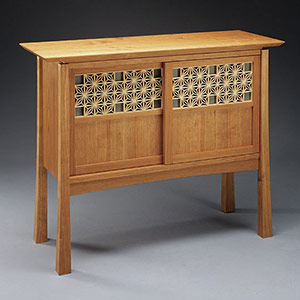 |
Refined Over TimeLearn how John Reed Fox assembled the decorative latticework in his cabinet Jonathan Binzen |
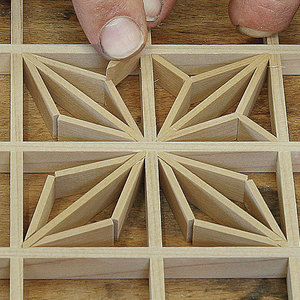 |
Japanese LatticeLearn how John Reed Fox assembled the decorative latticework in his cabinet, featured on the back cover. Jonathan Binzen |
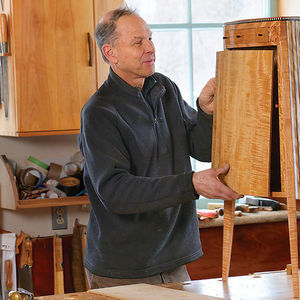 |
Veneering Curved DoorsNo-hassle coopering is the core of this low-tech method Garrett Hack |



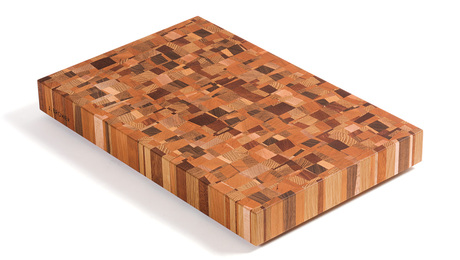
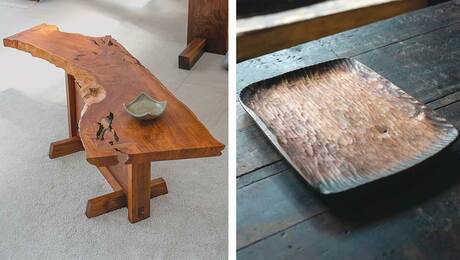
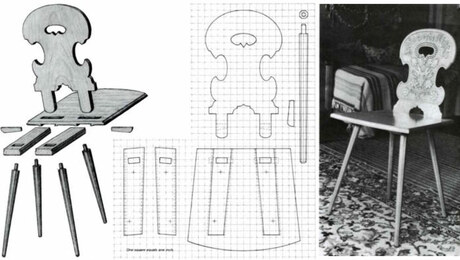
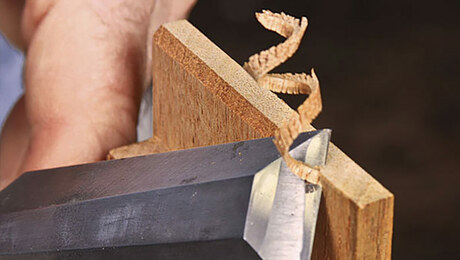


















Log in or create an account to post a comment.
Sign up Log in